HIV stands for human immunodeficiency virus. It is a type of sexually transmitted infection that attacks the body cells and weakens the body’s ability to fight infection and diseases. The HIV virus is present in human blood, breast milk, and sexual fluid. It can also be spread from one person to the other by any of these means:
- Mother to child during pregnancy or breastfeeding (perinatal transmission)
- Unprotected Sex
- Used needles and syringes
- Body piercings and tattoos due to the use of unsterilized needles
- Infected blood transfusion
Symptoms of HIV Infection
There are three stages of the progression of HIV infection:
- Acute Stage
This is the first stage of HIV infection that progresses within 2-3 weeks after infection. At this stage of the infection, the virus multiplies and spreads throughout the body. The HIV virus affects the human immune system by attacking the infection-fighting cells. If this medical condition is diagnosed at this stage, then the treatment may impede the progress of infection and transmission, allowing the individual to live a normal life.
Some of the common symptoms of HIV at an acute stage are:
- Fever
- Night sweats
- Joint and muscle pain
- Sore throat
- Headache
- Nausea
- Unintentional weight loss
- Clinical Latency Stage
This stage is also called chronic HIV infection. At this stage, the virus's multiplication in the body slows down. There may or may not be visible symptoms in people in the second stage of HIV infection. If the condition is not diagnosed and antiretroviral therapy is not recommended, then the infection progresses to AIDS in 9-10 years. The progression can be faster or slower, and that varies from person to person. If the disease is detected at the right time and the person takes ART consistently, the chances of HIV disease transmission are lower.
Some of the common symptoms of HIV at the clinical latency stage are:
- Swollen lymph nodes
- Fatigue
- Weight loss
- Recurrent oral or vaginal yeast infection
- Shingles
- Pneumonia
-
Progression to AIDS
AIDS stands for acquired immunodeficiency syndrome. This is the most severe stage of HIV when the virus has damaged most of the disease-fighting cells in the body and the immune system of the person is compromised. When the HIV infection has reached the last stage, AIDS, the body is not able to fight opportunistic infections. When the doctor recommends an AIDS test and the test report shows a CD4 count of less than 200 cells/mm3, then it indicates a high chance of progression to AIDS.
Some of the common symptoms of AIDS:
- Neurological problems
- Anxiety and depression
- Fever
- Fatigue
- Lesions and sores
- Chronic diarrhoea
If a person has symptoms related to the HIV infection, then the doctor asks them to undergo an HIV PCR test to diagnose the condition.
How to Prevent HIV?
HIV is transmitted through: -
- Blood
- Genital fluid
- Breast milk
Currently, there is no vaccine for HIV infection. One can take certain preventive steps that can contain the spread of HIV infection:
- Practice safe sex
- Avoid casual sex
- Get tested for HIV
- Avoid the use of unsterilized needles
- Pre-exposure prophylaxis option if the person is at high risk
HIV patients can have a low viral load or high viral load in the body. However, if the patient is taking regular HIV medication, then it helps in leading a healthy life. The treatment is called ART (Antiretroviral Therapy). This treatment does not cure the medical condition but minimises the viral load in the body, which results in lower chances of HIV transmission.
HIV Awareness - An Inclusive Response
There are a lot of stigmas surrounding HIV infection. It is important that people should know about the ways in which HIV infection is not spread. The virus cannot survive outside the human body for long. These are the common myths about the transmission of the disease:
- By mosquitoes
- Through saliva, sweat, and tear of an infected person
- By hugging, hand-shaking or being in close contact with the person
- Through air
There has been little progress in the awareness of HIV and AIDS over the years. There have been considerable cases of HIV infection in pregnant women, newly born children, and grown-up individuals around the world. It is alarming that the number of cases of HIV has been on the rise in women and children in certain parts of the world. According to reports by UNICEF, in the year 2020, ‘a child was infected by HIV every two minutes’. Furthermore, people are not educated about the transmission of sexually transmitted diseases, which leads to fewer diagnosed cases. It is important to discuss openly about the risk of STIs and how they can impact the health and well-being of a person.
The most effective way of countering this medical issue is rapid testing for HIV and other STDs in high-risk individuals. If a person has visible symptoms of HIV infection and their doctor has recommended an HIV test, then they can search for ‘HIV testing near me by Max Lab’ to locate the nearest lab centre and book lab test online. Usually, the test report is generated on the same day. One can take the test report to their doctor, who will recommend a further course of treatment.













 7982100200
7982100200



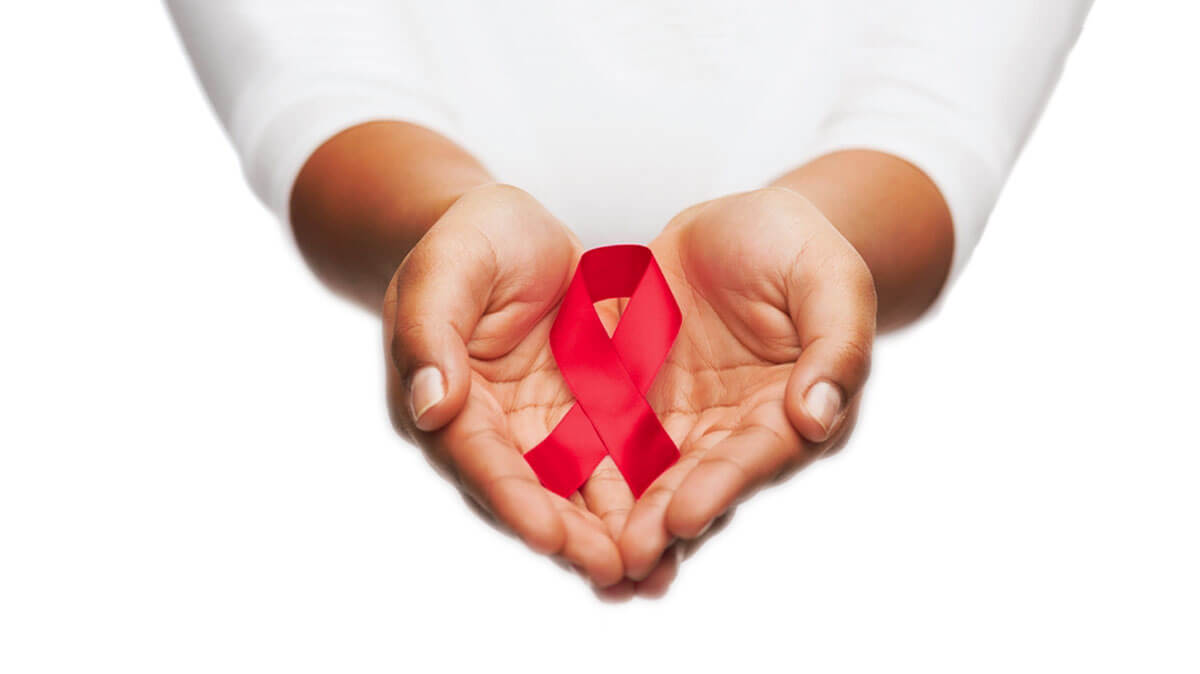
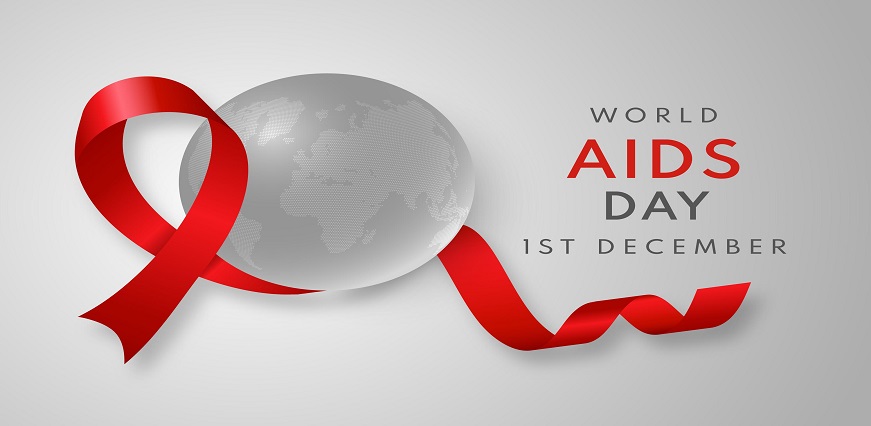



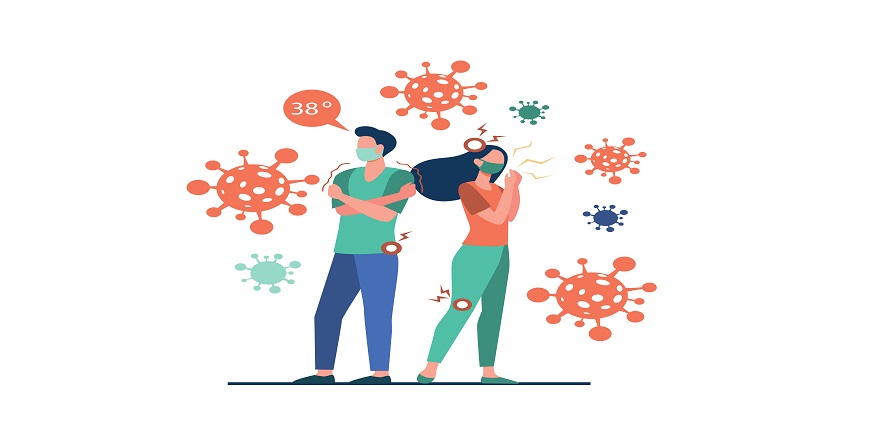
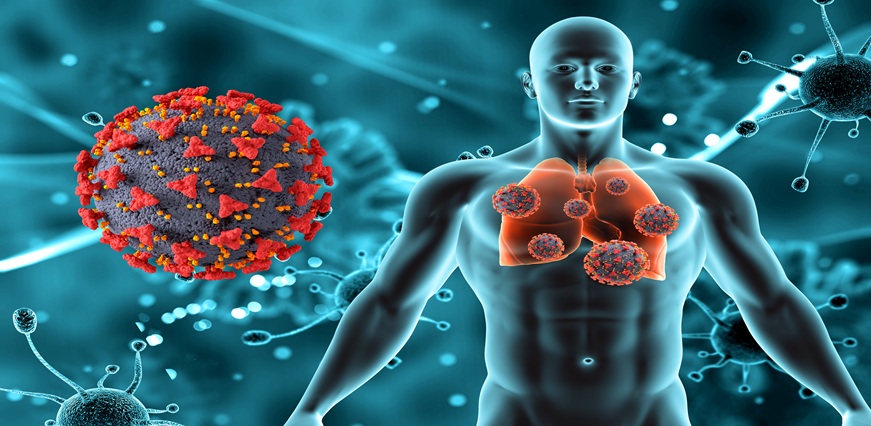
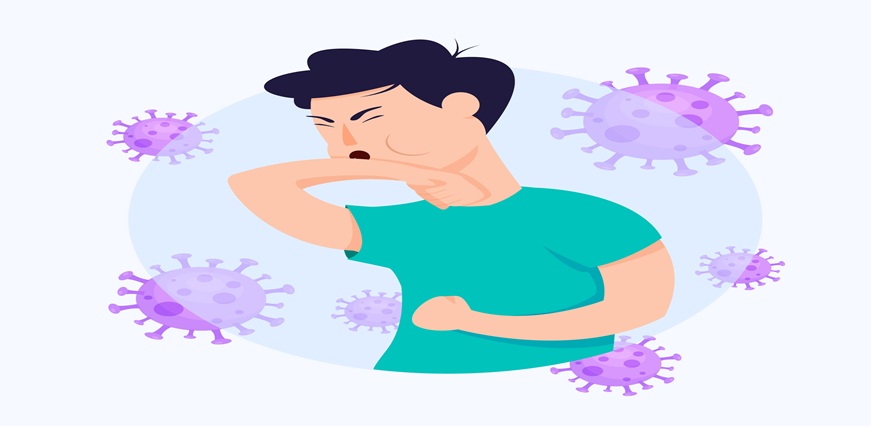














 To reach our help desk call 9213188888
To reach our help desk call 9213188888.png)
Comments